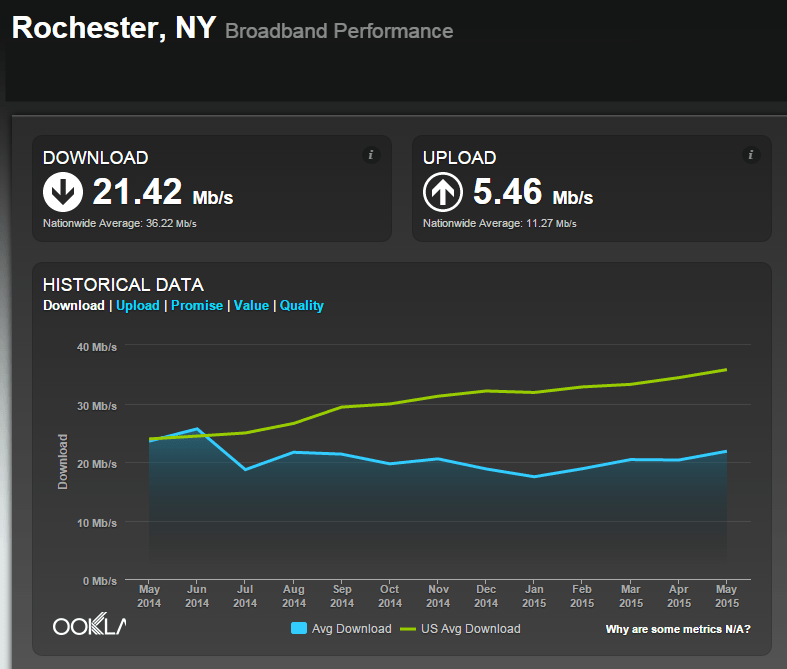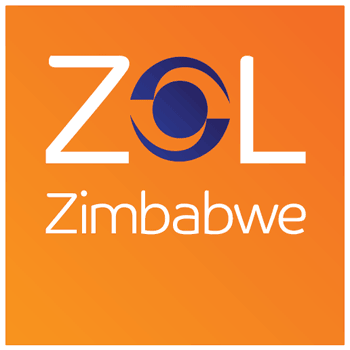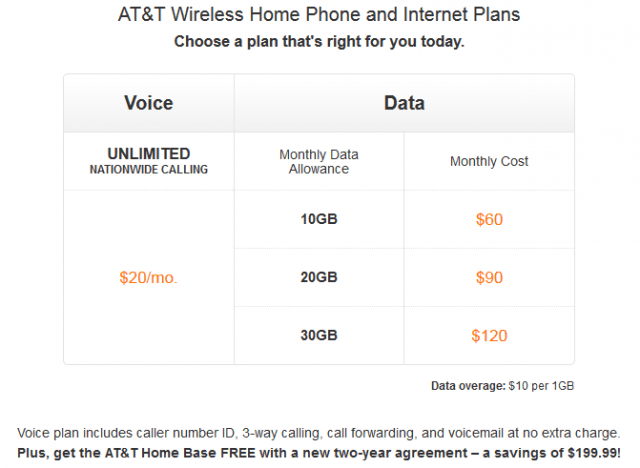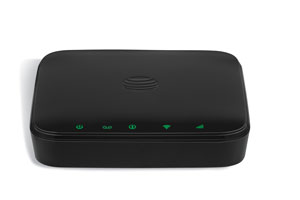 The new CEO of Frontier Communications is promising more fiber to the home service and advanced ADSL2+ and VDSL2 service to dramatically boost Internet speeds… if you happen to live in a Verizon territory Frontier is planning to acquire in Texas, California, or Florida. For Connecticut customers that used to belong to AT&T, Frontier also plans to spend money to further build out AT&T’s U-verse platform to reach more suburban customers not deemed profitable enough to service by AT&T.
The new CEO of Frontier Communications is promising more fiber to the home service and advanced ADSL2+ and VDSL2 service to dramatically boost Internet speeds… if you happen to live in a Verizon territory Frontier is planning to acquire in Texas, California, or Florida. For Connecticut customers that used to belong to AT&T, Frontier also plans to spend money to further build out AT&T’s U-verse platform to reach more suburban customers not deemed profitable enough to service by AT&T.
For legacy Frontier customers in other states? Frontier plans nothing beyond what it already provides — usually dismally slow DSL.
Speaking to investors during the JP Morgan Global Technology, Media and Telecom Conference, Frontier CEO Daniel McCarthy said upgrades offer the company new earnings opportunities, but a closer analysis reveals those benefits will only reach customers in areas where Verizon and AT&T already did most of the work and spent the money required to build advanced network infrastructure.
Verizon has spent millions upgrading customers in Texas to its FiOS service and has a significant fiber to the home presence in California and Florida. Because fiber infrastructure is already largely in place, Frontier will not have to spend huge sums to build a new network. Instead, it will spend incrementally to expand service to nearby service areas.

Mediocre broadband in upstate New York.
“The FiOS penetration is much higher, specifically in Texas, but we think there’s a lot of opportunity to drive FiOS penetration in Florida and California,” McCarthy said. “We see that as a big opportunity.”
Fierce Telecom notes Frontier won’t have to make a large investment outside of installing new DSLAMs in remote terminals or local Central Offices to deliver higher speeds over copper. Frontier will likely depend on VDSL2 technology on short copper line lengths in suburban areas and ADSL2+ in rural locations.
“I think in this case it might be replacing some electronics, but it’s not a heavy lift from a construction perspective,” McCarthy said. “By putting in a shelf and next-generation capabilities, whether it’s VDSL, ADSL2+, or all the different flavors you can use to serve the different loop lengths in a market you achieve the ability to bring a fresh product set into an area at a fairly low cost.”
While Frontier is willing to invest money in areas that are easy to upgrade, it has proven itself reluctant to consider major upgrades in its legacy service areas where it acquired traditional copper-based landline networks.
“The new states will clearly have new growth opportunities,” McCarthy said. “In Florida there has been a revival of housing in certain areas and subdivision growth in Texas and California.”
In Connecticut, Frontier will build on the acquired AT&T fiber/copper network with a modest expansion of U-verse.
 “We actually see growth opportunity in Connecticut,” McCarthy said. “As we go through and look at the Connecticut property, one of the things that have been a recent development from a technology perspective allows us to serve lower density parts of the state of Connecticut with U-verse product that was limited by densities and loop lengths in the past.”
“We actually see growth opportunity in Connecticut,” McCarthy said. “As we go through and look at the Connecticut property, one of the things that have been a recent development from a technology perspective allows us to serve lower density parts of the state of Connecticut with U-verse product that was limited by densities and loop lengths in the past.”
Although the company often touts millions in upgrade investments, most legacy service areas see only modest service improvements, while the company continues to score very poor in customer satisfaction, especially in states like West Virginia, Ohio, Pennsylvania and New York. With Frontier’s ongoing focus on newly acquired service areas, long-standing customers in other states are feeling neglected.
In upstate New York, the prevalence of Frontier Communications’ low speed DSL on the company’s legacy copper network has dragged down overall broadband speed ratings to some of the lowest in the country. Frontier territory Rochester, N.Y., in particular, is now among the worst cities in the northeast for overall broadband speed performance, now rated at just 21.42Mbps. The national average is 36.22Mbps. In comparison, Buffalo scores 24.31Mbps, Cleveland: 22.57Mbps, and NYC 55.56Mbps.


 Subscribe
Subscribe The two largest telecom companies in Zimbabwe believe broadband access isn’t just an essential utility —
The two largest telecom companies in Zimbabwe believe broadband access isn’t just an essential utility —  At the outset in Victoria Falls, Fibroniks will offer unlimited use packages up to 100Mbps, with a commitment customers can access whatever they want, whenever they want, at a guaranteed fixed monthly price. Liquid Telecom already supplies fiber service in the capital city of Harare, but Tudor believes getting into smaller communities in the country is essential.
At the outset in Victoria Falls, Fibroniks will offer unlimited use packages up to 100Mbps, with a commitment customers can access whatever they want, whenever they want, at a guaranteed fixed monthly price. Liquid Telecom already supplies fiber service in the capital city of Harare, but Tudor believes getting into smaller communities in the country is essential.
 He foreshadowed the forthcoming landline sale in January when he told an investor conference he was willing to make significant cuts to Verizon’s wired networks.
He foreshadowed the forthcoming landline sale in January when he told an investor conference he was willing to make significant cuts to Verizon’s wired networks. New York Gov. Andrew Cuomo has set a goal that every resident of New York State should have access to at least 100Mbps broadband no later than 2018.
New York Gov. Andrew Cuomo has set a goal that every resident of New York State should have access to at least 100Mbps broadband no later than 2018.
 That must come as a relief for Verizon. The state’s largest phone company has petitioned state officials in the past for a gradual mothballing of New York’s rural landline network in favor of switching customers to wireless voice and broadband over Verizon’s cellular network. Theoretically, taxpayers could end up subsidizing the demise of rural New York landlines and DSL if Verizon seeks money from the rural broadband fund to expand its wireless tower network in rural New York. Time Warner Cable almost certainly will also seek more funding, probably in excess of the average $1,264 paid to the cable company for each of the 4,114 additional connections it agreed to complete during an earlier round of funding.
That must come as a relief for Verizon. The state’s largest phone company has petitioned state officials in the past for a gradual mothballing of New York’s rural landline network in favor of switching customers to wireless voice and broadband over Verizon’s cellular network. Theoretically, taxpayers could end up subsidizing the demise of rural New York landlines and DSL if Verizon seeks money from the rural broadband fund to expand its wireless tower network in rural New York. Time Warner Cable almost certainly will also seek more funding, probably in excess of the average $1,264 paid to the cable company for each of the 4,114 additional connections it agreed to complete during an earlier round of funding.

